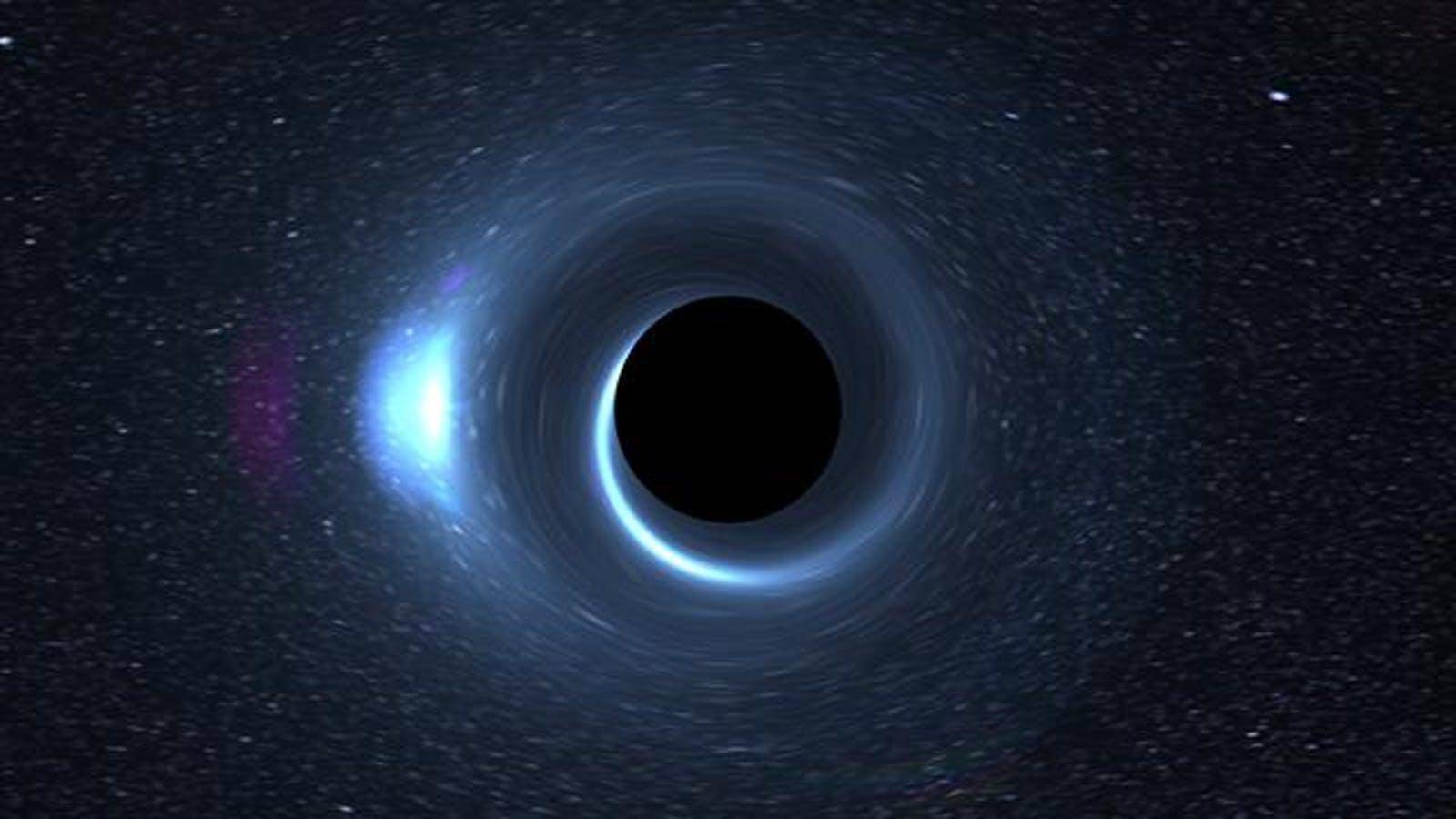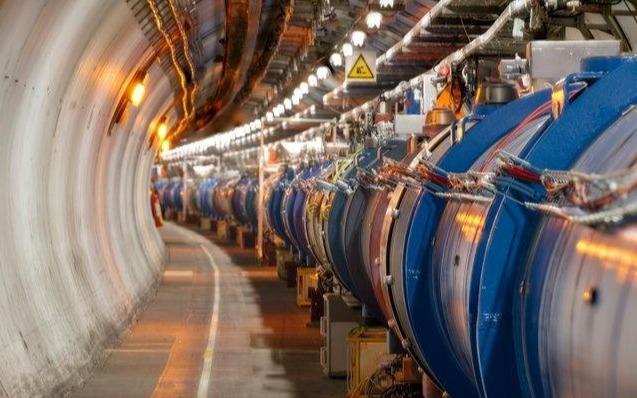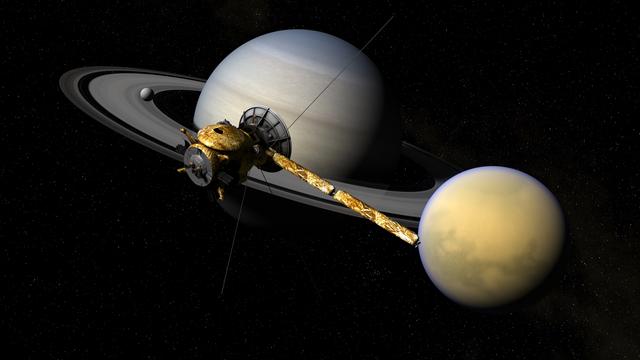If you think it's cool enough to cross the mountains and rivers of the Earth and drive your car on endless highways, you, my friend, haven't appreciated the vastness and depth of the universe. ESA recently launched an exciting interplanetary “self-drive” program, which is more than a simple space exploration mission.
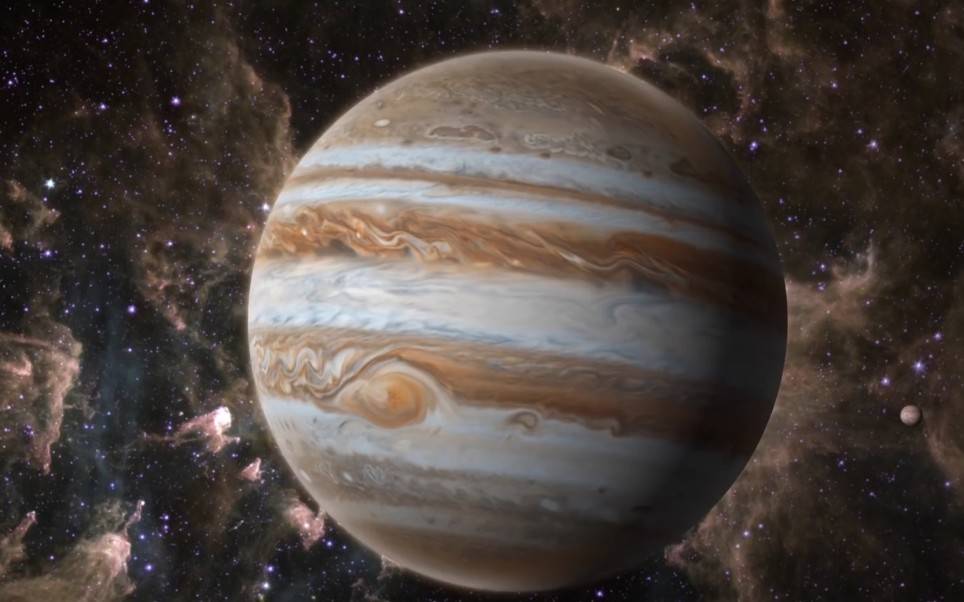
They carefully crafted the probe, like a lonely boat in space, with human curiosity and desire, bravely embarked on a journey to Jupiter - the universe's “giant”. Jupiter, a planet with a huge volume and strong gravity, its gaseous surface and violent storms, have made people marvelled. This time, the probe will go deep into the belly of this mysterious planet to discover its hidden secrets. This trip is far from a journey in the usual sense. Imagine, in the dark universe, the probe is alone in the stars, it has to face endless darkness and cold, this is a real interstellar adventure, full of unknown and mystery.
The probe, named Juno (JUICE), has been tasked with travelling to Jupiter and its icy moons to unveil these mysterious objects. Jupiter, the largest planet in our solar system, is not only big and strong, but it also has a bunch of moons around it. Juno's journey is not a short trip, but a seven-year interstellar “driving tour”. Just as on a road trip you need to refuel and check your tyres from time to time, Juno will need to make a series of complex orbital corrections and gravitational boosts along the way to make sure it reaches its destination with precision. For this mind-blowing interstellar visit, Juno is armed to the teeth, like a super-scout car that rides among the stars, full of amazing high-tech gear. It is not only a spaceship but also a walking science and technology museum, full of a variety of breathtaking “black science and technology” instruments.
Juno on board the high-resolution camera, with its sharp lens to capture every detail of Jupiter and its moons. Whether it's Jupiter's swirling band of magnificent clouds or the surface of the satellite that subtle texture, can be presented as if we are brought into a real interstellar world. The spectrometer, on the other hand, can precisely analyze the material on the surface of Jupiter and its moons, just like a careful detective, digging out the deep secrets of these planets. Whether it's the composition of the rocks on the surface or the proportion of gases in the atmosphere, it reveals it all, giving us a deeper understanding of Jupiter and its moons.
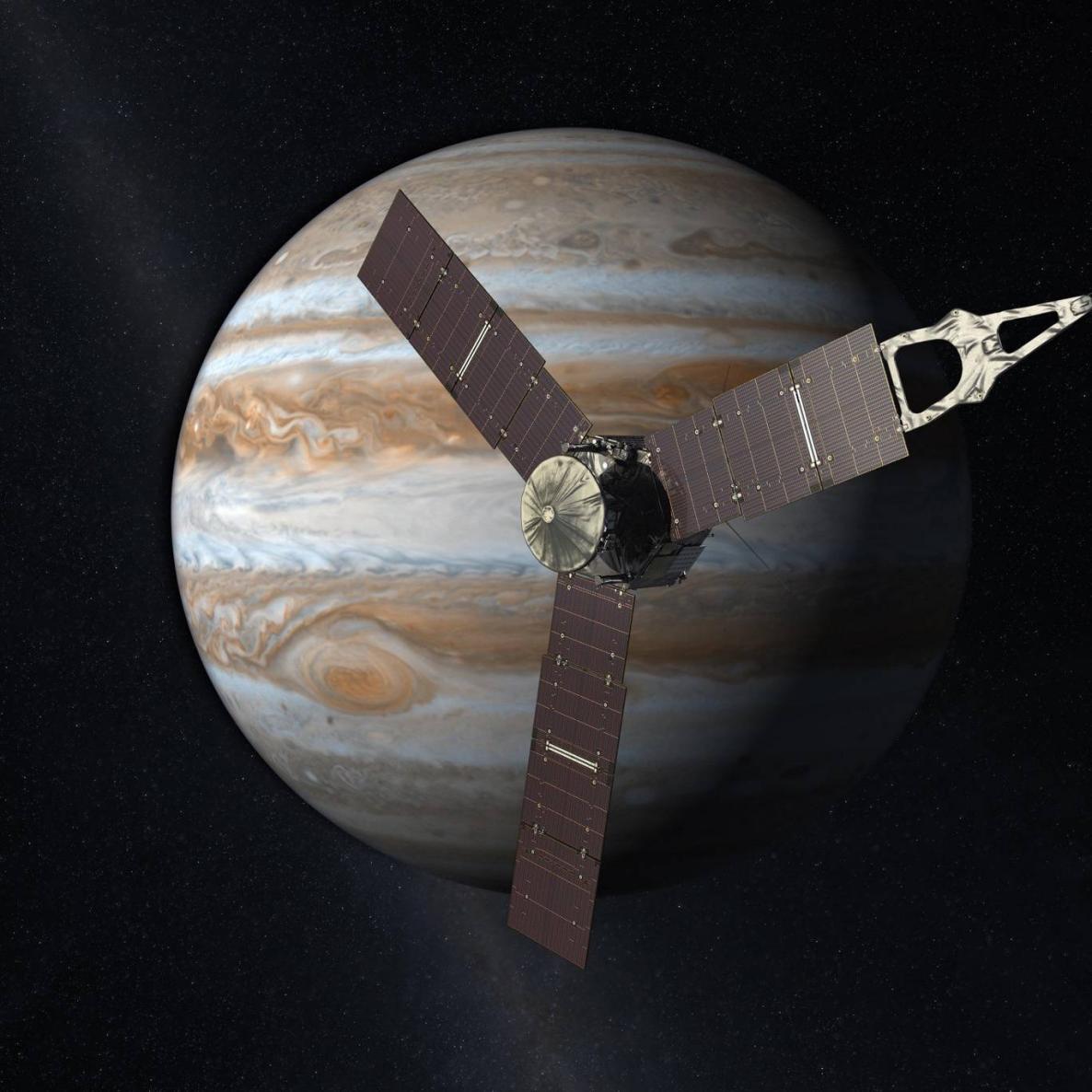
This radar is like an explorer who has penetrated the ice and can ignore the ice's obstacles and detect possible liquid water directly below. It's like a pair of see-through eyes that allow us to peer into the mysteries of these planetary interiors.
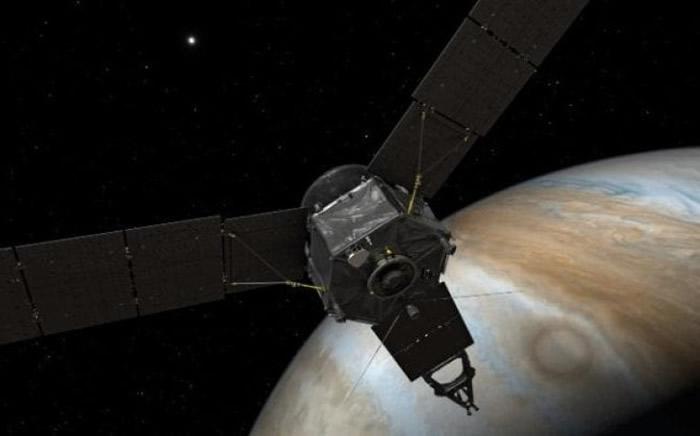
One of Juno's main missions is to visit Jupiter's moons, specifically Io, Io and Io. The surface of these moons is covered with a thick layer of ice, and scientists suspect that liquid water may exist underneath the ice. Liquid water is one of the key requirements for life, so it's possible that these icy moons could hold clues to extraterrestrial life. Of course, this interstellar “driving tour” is not all smooth sailing. Space is full of unknown challenges, such as intense cosmic radiation and extreme temperature changes. But it's these challenges that make this mission so spectacular and important. Scientists hope that through Juno's exploration, we will be able to gain more information about Jupiter and its moons and uncover more secrets of the universe.
With Juno's departure, we take another big step toward understanding our solar system. This trip to Jupiter is not only a feat of science and technology but also a manifestation of the human spirit of exploration. Perhaps shortly, we will be able to see more such interstellar “self-driving”, and continue to explore and discover the novelty of the universe.

